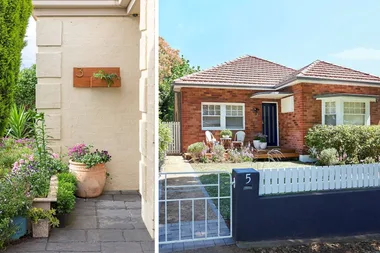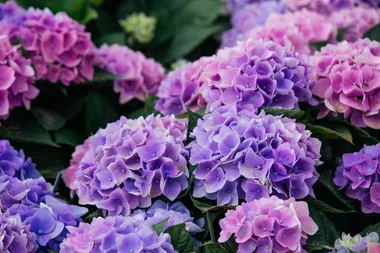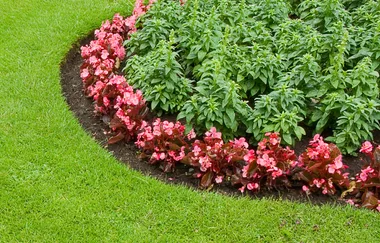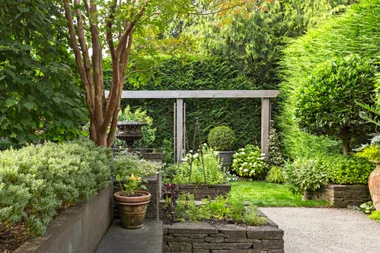It may be hard to pronounce, but ctenanthe doesn’t have to be hard to look after. Get our top tips for keeping this shade-loving plant happy and healthy for years to come.
WATCH: Melissa King re-pots a ctenanthe
How to grow ctenanthe
Ctenanthe (also known as Never Never plants) make great indoor plants but also look lovely in shaded areas. Grow them in clumps or mass plant under a tree – they’re very low maintenance once established.
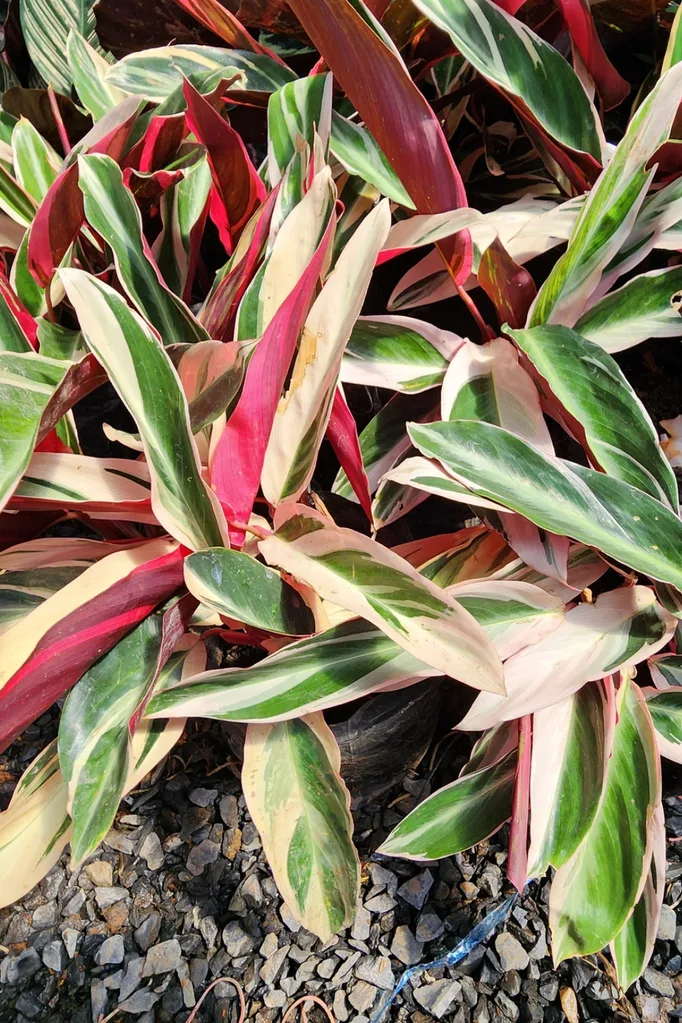
Aspect
These plants are used to growing in the wild, in the shady understorey of a tropical forest. They require bright, indirect light indoors to thrive.
Climate
Grow in warm and frost-free climates outdoors.
Soil
You want to choose well-drained soil when grown outdoors. But when inside the home choose a potting mix that’s specially formulated for indoor plants.
Water
In summer, water them regularly to keep the soil moist but not soggy as this can lead to fungal issues. During winter, reduce your watering frequency.
You can opt for a self-watering indoor pot that will help take care of your watering problems. As a general rule, ctenanthe do like to be kept a little more moist than your other indoor plants but you still want to make sure you allow the plant to dry out between watering.
Fertiliser
Give them a liquid fertiliser fortnightly during the warmer months but cut down over the cooler months in winter.
How do you fix brown leaves on atenanthe?
Remove any brown, dead and damaged leaves. Cut right at the base. It might look sparse at first, but once you get the new growth coming through it will thicken up and look fuller. The next stage is to re-pot it with a really good potting mix. Once you take the plant out of the pot, shake off any of the old potting mix. If it is root-bound, break up any of those roots and put the plant in a bigger pot if needed. Also, cut off any dead or damaged roots.
Why are my ctenanthe leaves curling and crispy?
If your ctenanthe is starting to curl and have crispy edges, this could be a sign that there’s too much water, or too much sun exposure.
Do ctenanthelike humid conditions?
Yes, ctenanthe love humidity. We asked our garden editor, Jenny Dillon for some expert tips. “To add humidity to the air around plants, fill a shallow dish with water and put it next to the plant. As the water evaporates, it adds moisture to the air. To make it pretty put marbles or coloured glass pebbles in the dish as well.”
You might also like:
8 plants that thrive in full shade
Charlie gives a shady backyard a makeover




